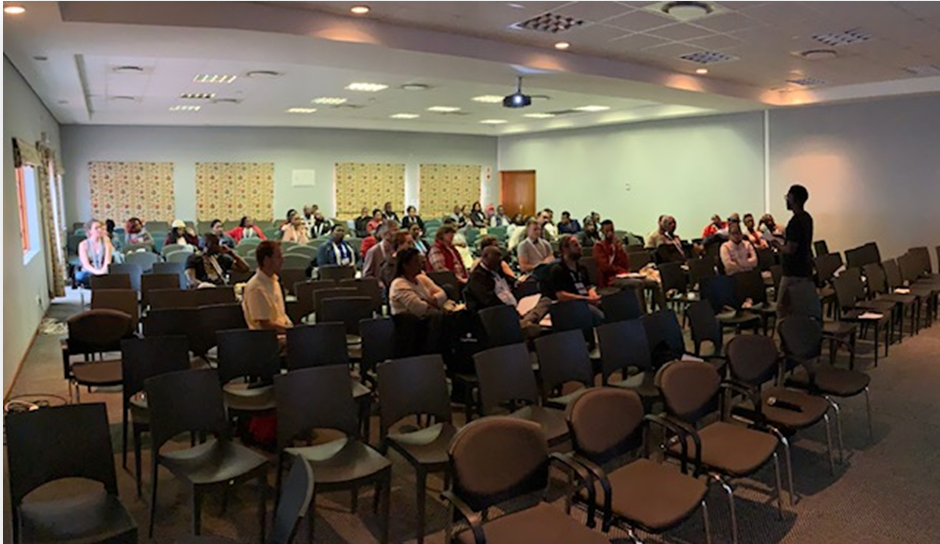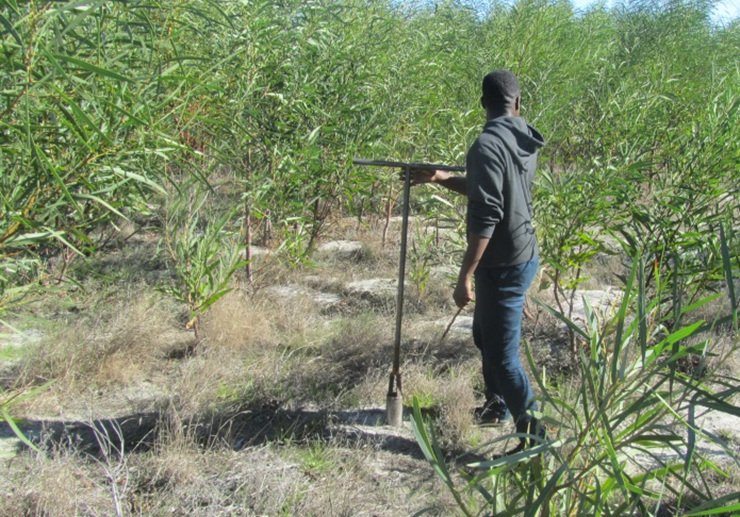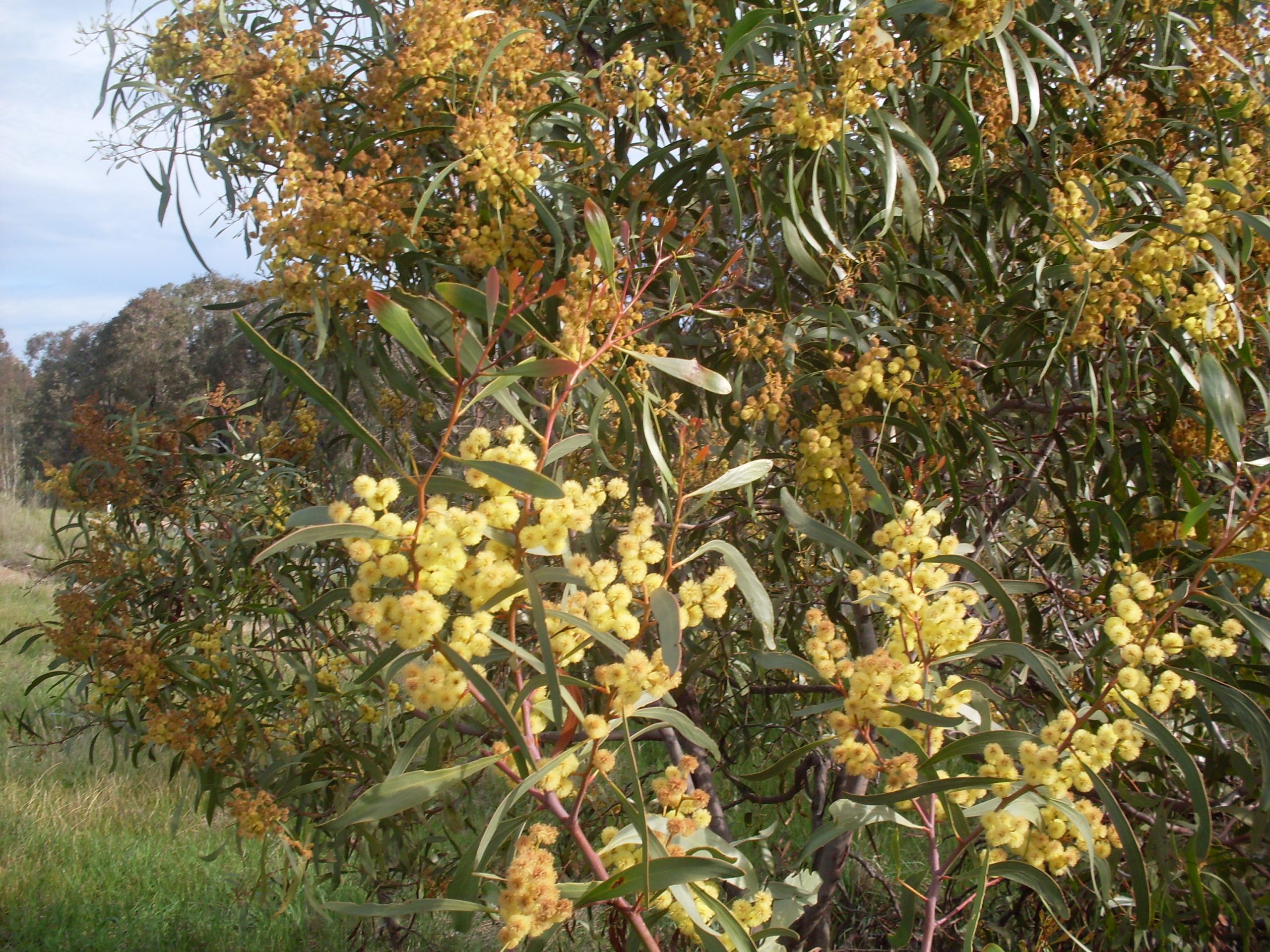Restoring Lowland Sand Fynbos – guidelines hot off the press
Several C·I·B Core Team members, Associates and former students are among the authors of newly published guidelines for restoring Lowland Sand Fynbos ecosystems.
Several C·I·B Core Team members, Associates and former students are among the authors of newly published guidelines for restoring Lowland Sand Fynbos ecosystems.

Restoration efforts need to ensure that project components are informed by relevant stakeholders, and this would require (1) identifying and working with stakeholders during a restoration effort; (2) recognising the unique needs and contributions of stakeholder groups; and (3) providing information back to stakeholders through outreach.

Native areas that are invaded by the invasive alien tree Port Jackson can experience soil legacies for up to 10 years after its removal. This was the finding of a recent study by a group of C·I·B researchers, led by C·I·B PhD student, Mlungele Nsikani.
What would researchers at the Centre for Invasion Biology and students of the UCT’s new Environmental Humanities MPhil course have to say to each other?

Quantifying the amount of genetic diversity and how it is distributed within and between populations (genetic structure) has become a major focus in invasion biology. Population genetic structure can be useful as a proxy for the introduction history of a species, e.g. to differentiate between multiple introductions vs. single introductions.